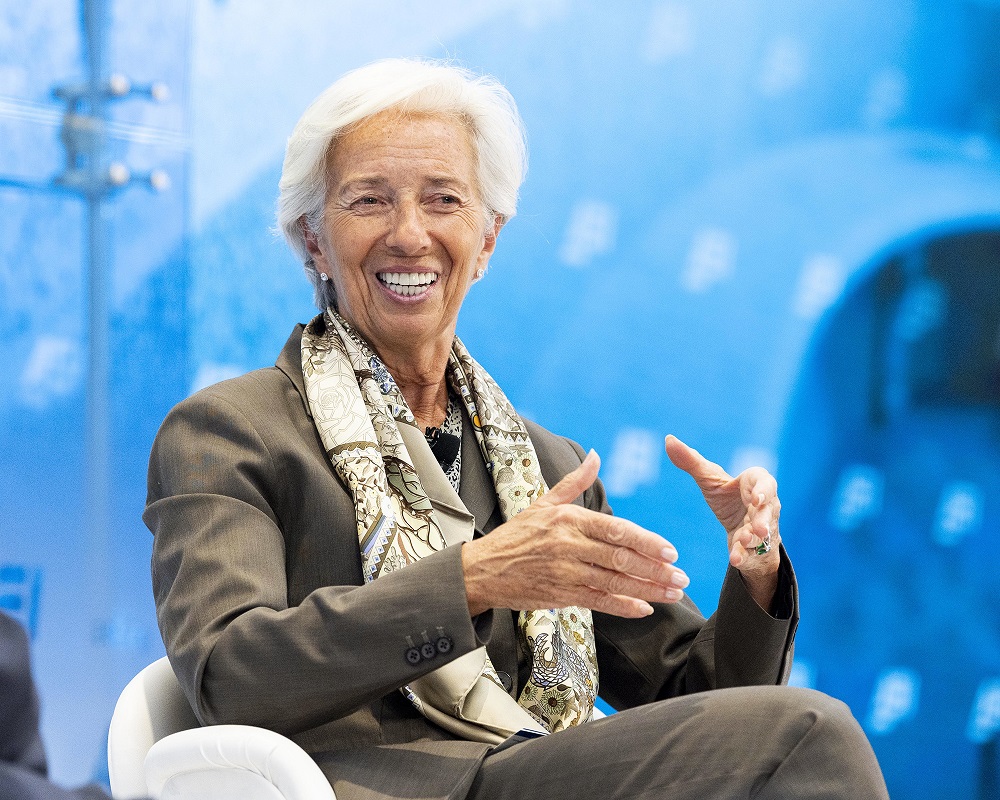Will the ECB stop at neutral?
The ECB cut rates again last week; its eight such reduction in a row. In all, the deposit rate has been halved from 4% to 2% through this cycle. It is now at a level that many see as ‘neutral’ as it nether stymies nor stimulates the economy.

As is usually the case, the ECB made little change to its forecasts last week. Growth is still seen at a meager 0.9% this year, rising slightly to 1.1% in 2026 (the prior 2026 forecast was 1.2%). This does not seem indicative of an economy that needs a further push from sub-neutral policy rates.
However, Steven Barrow, Head of Standard Bank G10 Strategy, said that the ECB would push ahead with rate cuts not because he expected the bank to slash its growth forecasts. Instead, it is because disinflationary pressure is increasing all the time, and hence the most notable change to the ECB’s forecasts yesterday was those relating to inflation, not growth. The 2026 forecast for inflation was reduced from 1.9% to 1.6%. That’s quite a large adjustment for the ECB. And even though the Bank forecasts a return to 2% inflation in 2027, there’s sufficient angst within the ECB about disinflation that it will try to ensure against excessively low inflation by cutting rates at least once more in this cycle. It might not act straightaway.
The ECB is probably in a position where it can exert a bit more caution here, safe in the knowledge that it has probably got rates down to the sort of levels it would have envisaged when it began the easing cycle. So, what has changed since the ECB started the easing cycle last summer? In a word—Trump. And it is not just the economic uncertainty and fallibility brought on by tariffs, but also the fact that US growth prospects have gone downhill rapidly and, with them, the US dollar. All of these things add to the risks that eurozone inflation will fall too far.
This being said, there is one potential offsetting factor, which is that the EU could be forced into imposing punitive tariffs on the US. President Trump currently has the EU on notice that tariffs could be increased to 50% on July 9th if no breakthrough is made in trade talks.
“While there might be some scope for the EU to offer enough carrots on trade to forestall this 50% deadline, we are also reminded from our experience in the UK with Brexit, that the EU is a very tough – and very slow – trade negotiator. Hence we see a real risk that it won’t just be China that bears the brunt of Trump’s tariffs, but the EU as well. And, even if the Court of International Trade in the US ultimately wins its battle with the White House to have the majority of tariffs outlawed, we dare say that Trump will simply switch to a product-focused tariff assault, with many of the tariffs on products where the EU has a relative advantage”, said Steven Barrow.
In short, US tariffs could do more damage to the eurozone economy than currently envisaged but, this could lift euro zone inflation, at least temporarily, if the EU responds with punitive tariffs on US products. Another difference from last summer when the ECB started easing, is that the euro has begun to rise against the dollar. Prior to Trump’s ‘liberation day’ on April 2nd the euro had been unable to really break out of the 1.05-1.10 range that had been in place since late 2022. But more recently the euro has been on a tear; rising from below 1.05 in early March to near 1.15. Such strength compounds the deflationary pressure in the eurozone and, if we are right that the euro’s destination is the 1.25-1.30 range in the next year, or two, the downward pressure on inflation could overwhelm the ECB.
“To guard against such a problem, we think that the ECB should, and will, be pre-emptive by pushing the policy rate below 2% and hence into what many would see as expansionary territory. Will such a prospect stymie the euro’s advance against the dollar? We doubt it, in part because the Fed should re-engage policy easing late in the year, and partly because the ECB will ultimately have to turn the policy narrative to a more neutral one at some point, even if that’s from as low as 1.5% for the deposit rate”, said stated Steven Barrow.








